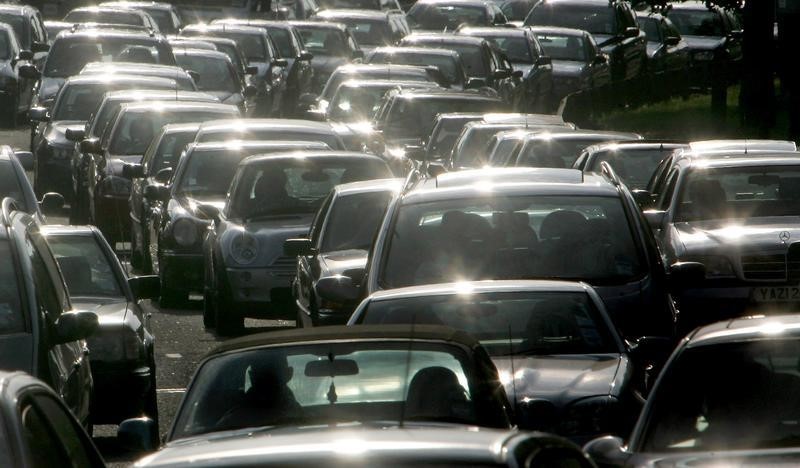(Removes garble from headline)
* "Intense human pressure" on protected wildlife zones
* UN biodiversity chief urges more action to protect wildlife
* Strict limits on global warming would help safeguard species
By Alister Doyle
OSLO, May 17 (Reuters) - A third of the world's protected areas for wildlife are suffering road-building, more farms and other man-made threats that are undermining goals to safeguard the diversity of life on Earth, scientists said on Thursday.
Almost 200 nations agreed in 2010 to set aside at least 17 percent of the world's land areas in parks and other sanctuaries by 2020 as a cornerstone of a plan to shield animals and plants from pollution, land clearances and climate change.
But many protected areas fall short, according to a report in the journal Science led by researchers at the University of Queensland in Australia.
"Six million sq km (2.3 million square miles) -- 32.8 percent -- of protected land is under intense human pressure," from threats including more roads, cities, farms and railways, the scientists wrote.
The area is roughly equal to the size of India and Argentina combined. Mangroves, Mediterranean forests, some grasslands and savannahs were among protected areas most at risk.
James Watson, a professor at the University of Queensland and co-author, told Reuters he was "stunned" by the data. "Governments are claiming these places are protected for the sake of nature when in reality they aren't," he said.
Overall, governments say the extent of protected lands has roughly doubled since the early 1990s and now covers 15 percent of the world's land in more than 200,000 protected areas, the study said.
Among examples of threats, the study showed satellite images of Kamianets-Podilskyi, a growing city within a national park in Ukraine, roads slicing through Mikumi National Park in Tanzania and farms and other buildings in Dadohaehaesang national park in South Korea.
The Convention on Biological Diversity (CBD), which oversees the 2020 plan, said it hoped Thursday's findings would spur more action to ensure that protected areas exist in more than name.
"There is indeed a risk for protected areas to be misrepresented as paper parks," Cristiana Pasca Palmer, executive secretary of the CBD, told Reuters in an email.
Among recommendations, countries should improve assessment and management of protected areas, and try where possible to connect them so threatened species can migrate.
Another study in Science on Thursday showed that strict limits on global warming would help safeguard most species of plants and animals, especially insects such as bees or butterflies that are vital to pollinating crops.
"A species with a very small range is at greater risk of extinction," lead author Rachel Warren of the University of East Anglia told Reuters.
A rise of 1.5C degrees Celsius (2.7 Fahrenheit) above pre-industrial times, the toughest goal under the 2015 Paris climate agreement, would mean that only six percent of insects species would suffer a halving or more of their natural habitats.
But risks would rise fast with higher temperatures. Eighteen percent of insects would lose more than half their ranges if temperatures rise 2C (3.6F), the main Paris goal.
